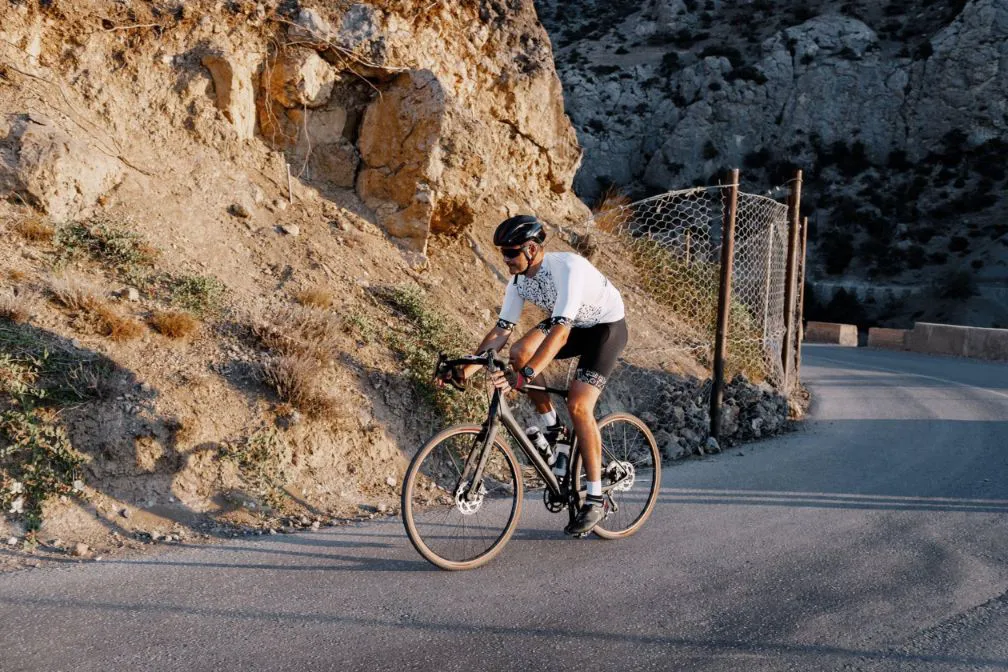In Chris’ case, it’s unlikely, as he had a family history of the disease. But in many cases, osteoporosis – a health condition that weakens bones, making them fragile and more likely to break – is largely preventable. Since cycling isn’t a weight-bearing exercise, then you’re unlikely to be able to prevent the disease through cycling alone. However, one way to prevent osteoporosis is to make sure you’re getting enough vitamin D.
So, first and foremost, if vitamin D prevents you from giving up cycling, then that in itself will make you a better cyclist. But what other benefits does regular consumption of this essential vitamin have for our two-wheeled endeavours?
1) It reduces inflammation
Studies show that inflammation is increased when an athlete has lower levels of vitamin D. It is thought that inflammation is one of the causes of burnout in athletes or ‘overtraining syndrome’. But, if an athlete maintains a normal level of vitamin D through both diet and supplementation, inflammation is reduced, and you can get back to training more quickly.
2) Be a better sprinter
If you’ve ever done intervals, you might have heard the words ‘fast-twitch muscle fibres’. Well, these type-II muscles are said to be particularly sensitive to the effects of vitamin D deficiency. These muscle fibres are important in activities that require short, sharp bursts. Basically, if you want that epic sprint finish or you’re beasting up a big climb, you’ll want to make sure you’re getting enough vitamin D.
3) Avoid muscle atrophy
A vitamin-D-deficient person is more likely to suffer muscle atrophy, which will reduce the effectiveness of their muscles on the bike. Muscles that have atrophied will contract and relax much more slowly, which is essentially another way of saying that they won’t perform all that well. On top of this, an atrophied muscle is at an increased risk of chronic pain. Cycling likely won’t be on your high-priority list with this set of symptoms!

4) Reduce your risk of injury
Various studies have been carried out to show the relationship between sufficient levels of vitamin D and injury prevention and recovery. One such study followed a number of football players, discovering that those with musculoskeletal injuries had significantly lower levels of vitamin D than their uninjured peers.
5) Improved recovery
In the event you do get injured, be that a strained muscle or a broken bone from falling off your bike, then those with sufficient vitamin D levels will likely recover quicker than those who are deficient.
6) Increased oxygen levels
Lung-busting climbs would be made that little bit easier with just a bit more oxygen, wouldn’t they? Well, vitamin D can help you out! Studies have shown that when a person has sufficient vitamin D levels, they have a higher oxygen consumption rate, which, in turn, helps them to breathe better.
These are just a few of the many benefits of sufficient vitamin D levels as a cyclist – and a human being in general! First, you’ll want to figure out whether you’re deficient in the first place, so you can answer these questions. Or to be really sure, you could get a blood test done. But the likelihood is that even for cyclists that do go outside, if you live beyond 35 degrees of the equator in the south or the north over winter, then you’ll need a top-up.
You can get your vitamin D in various ways. This could be through food and sensible sun exposure but it’s likely you’ll need supplementation too. A combination approach could certainly be a helpful addition to your training regime over the winter.




